The Autochrome revolutionised photography. American photographer Edward Steichen (1879-1973) called it the “most beautiful process that photography has ever given us to translate nature… Soon, the whole world will be crazy about colors, and Lumière will be responsible for it.”
The craze for the new technique was both intense and relatively brief. Lasting a little over two decades, the process gradually fell into disuse in the 1920s and 1930s.
Too fragile, too difficult to expose, not reproducible, Autochrome became old news. We of course love their pictorial vibe. The autochromes are from an exhibition at Jeu de Paume which brings together the AN collection curated since 2006 by Soizic Audouard and Élizabeth Nora, and a fascinating collection of autochromes from the First World War kept at the Médiathèque du patrimoine et de la photographie.
The pictures are sublime.

Portrait de Jean in Paris, 1907 © Collection AN
In June 1907, the Société Lumière marketed autochrome as the first industrial colour photography process. The plates cost almost three times as much as black and white ones. In addition, there was a major technical limit: the snapshot is impossible whereas it has been accessible for black and white photography for fifteen years. In addition, the image is on a unique and fragile glass slide. But the pleasure of colour quickly made people forget these constraints, and the photographers developed their own aesthetics, marked by the choice of subjects guaranteeing immobility, such as landscapes, architectures, still lives and posed portraits.
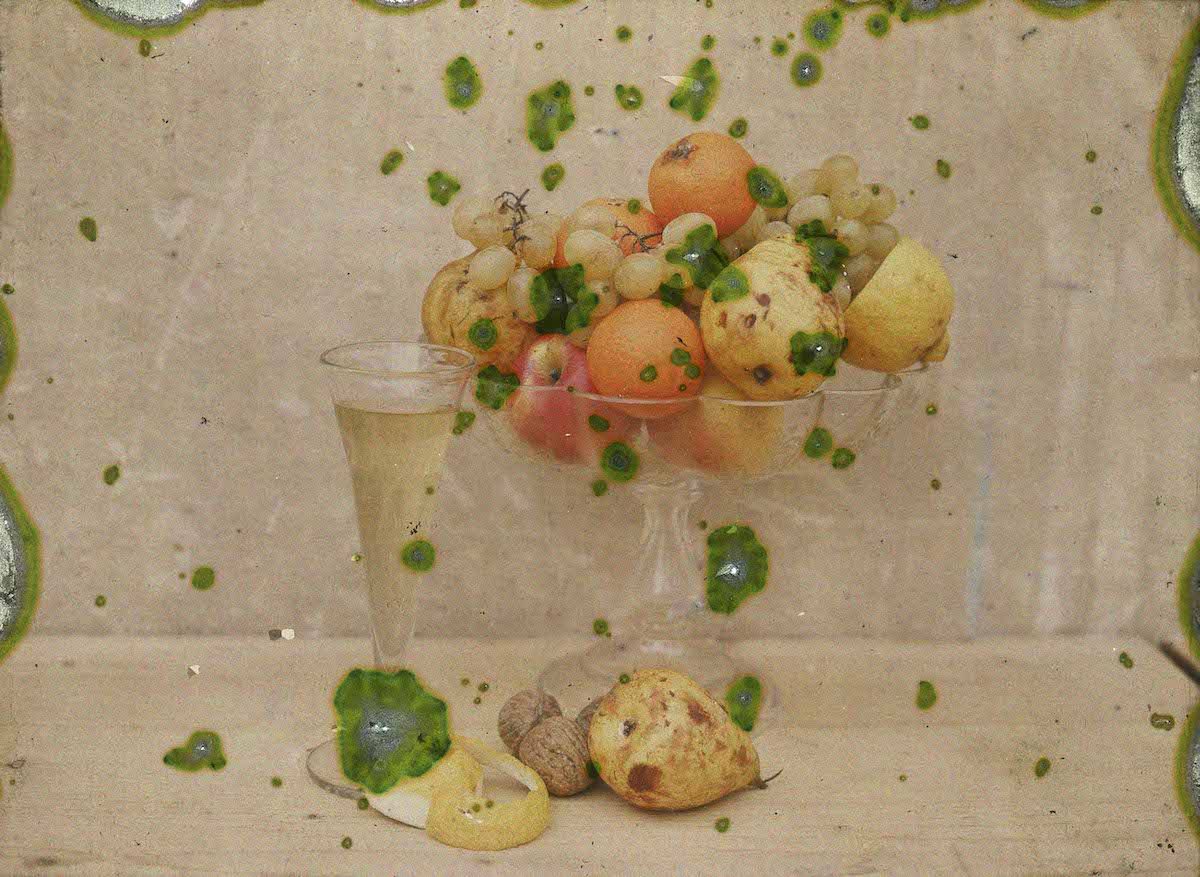
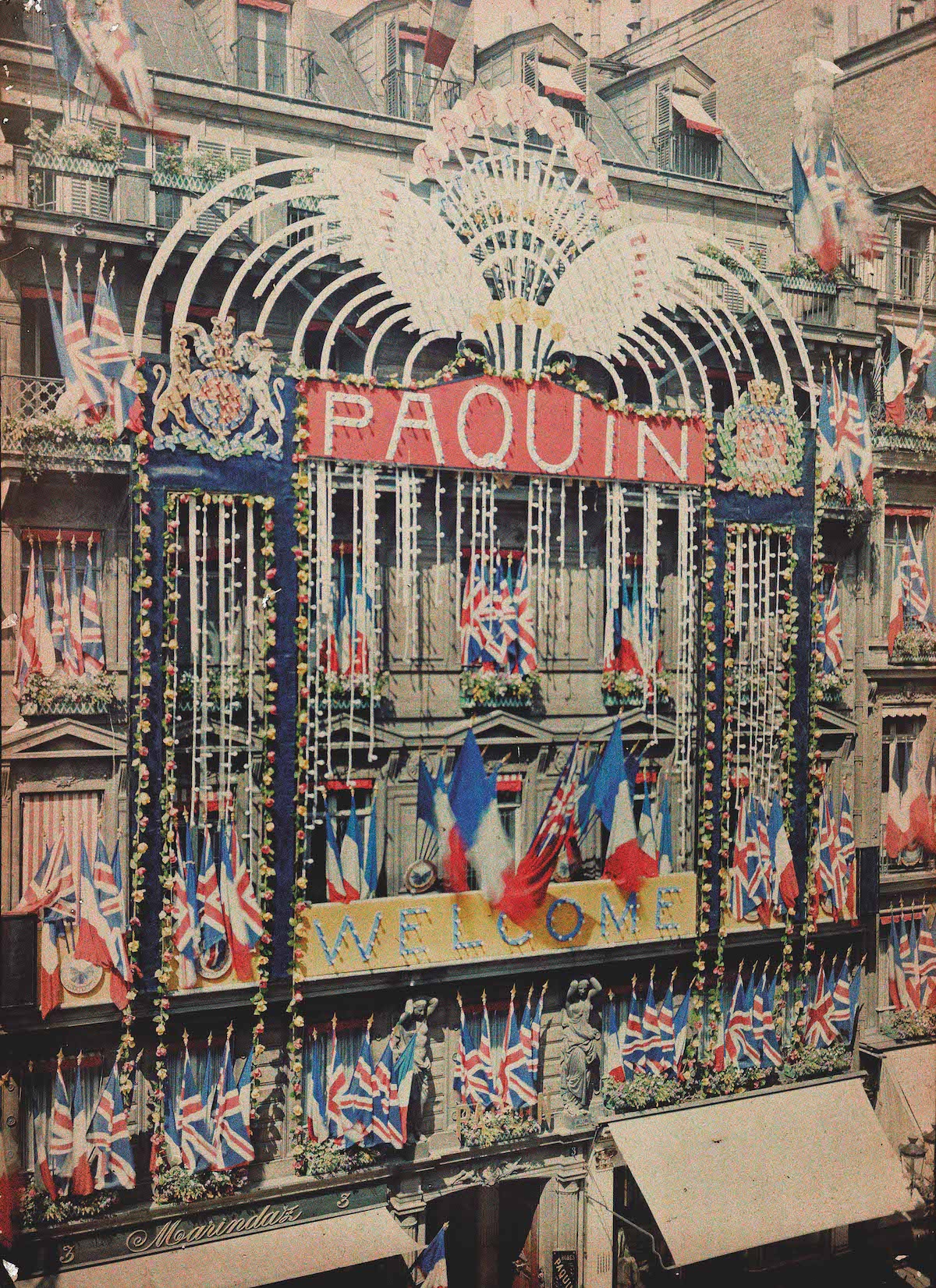
La maison Paquin, 3 rue de la Paix à Paris lors de la visite du roi George V (1914)
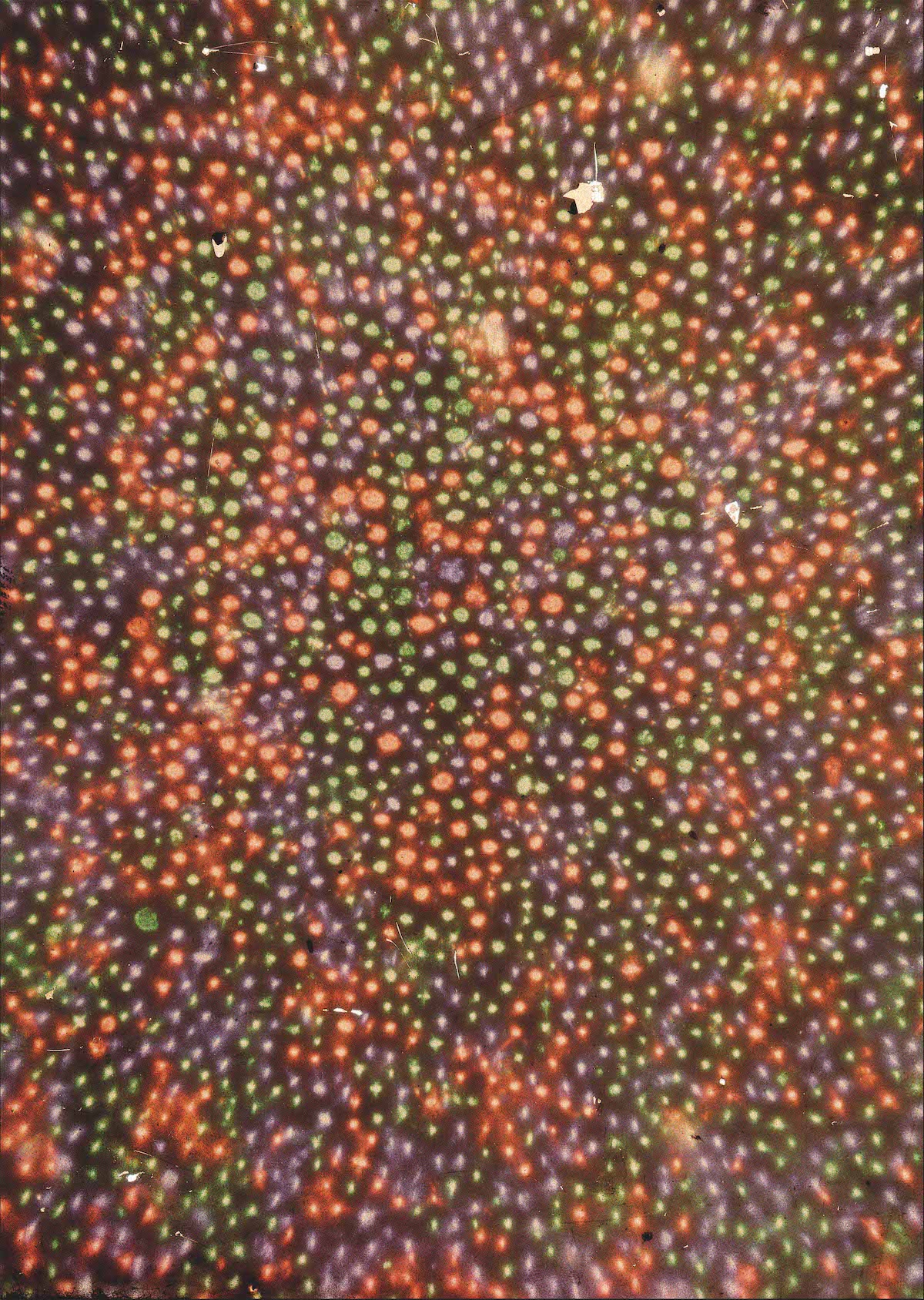
autochrome
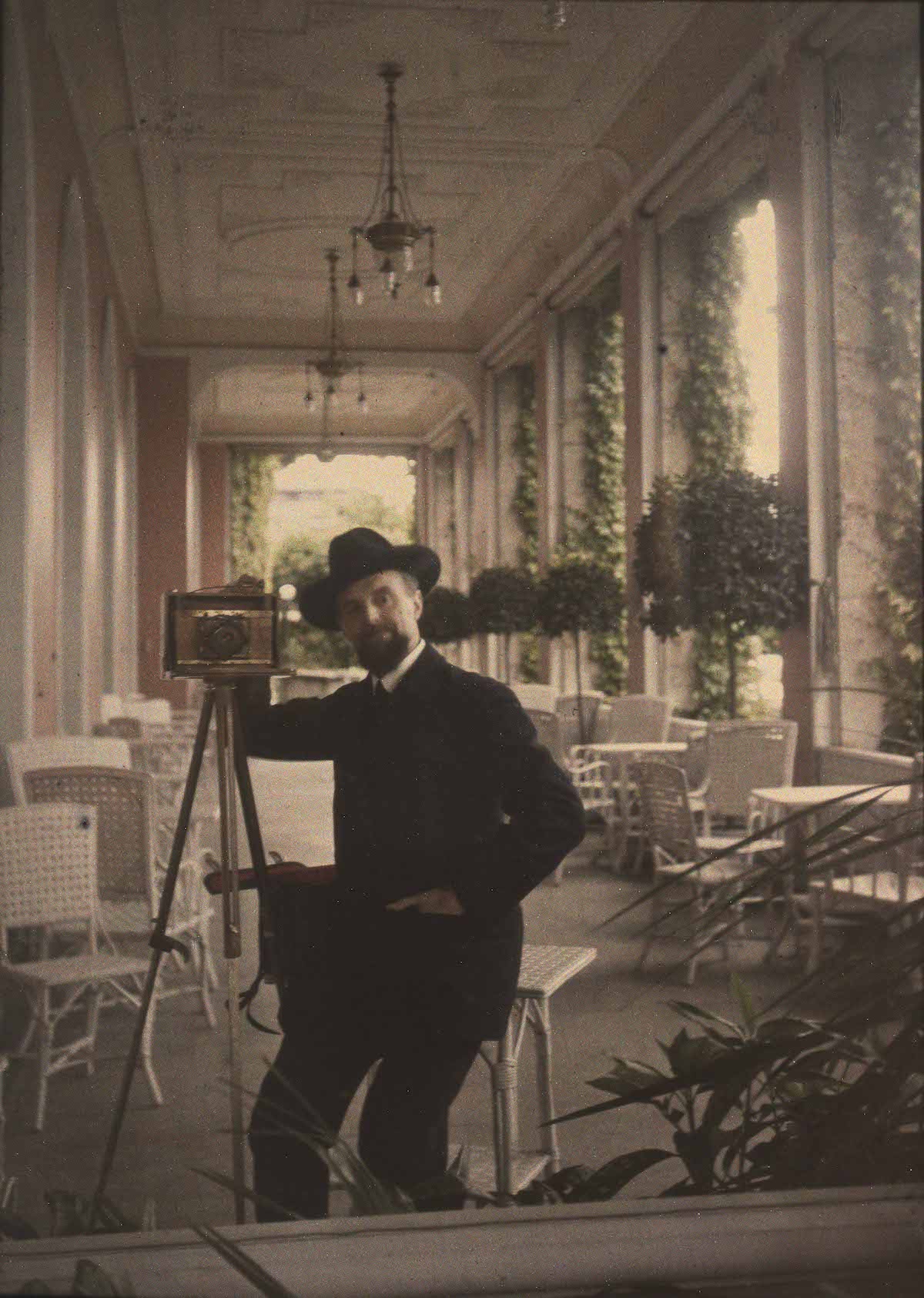
Léon GIMPEL (attribué à) L’autochromiste, vers 1920
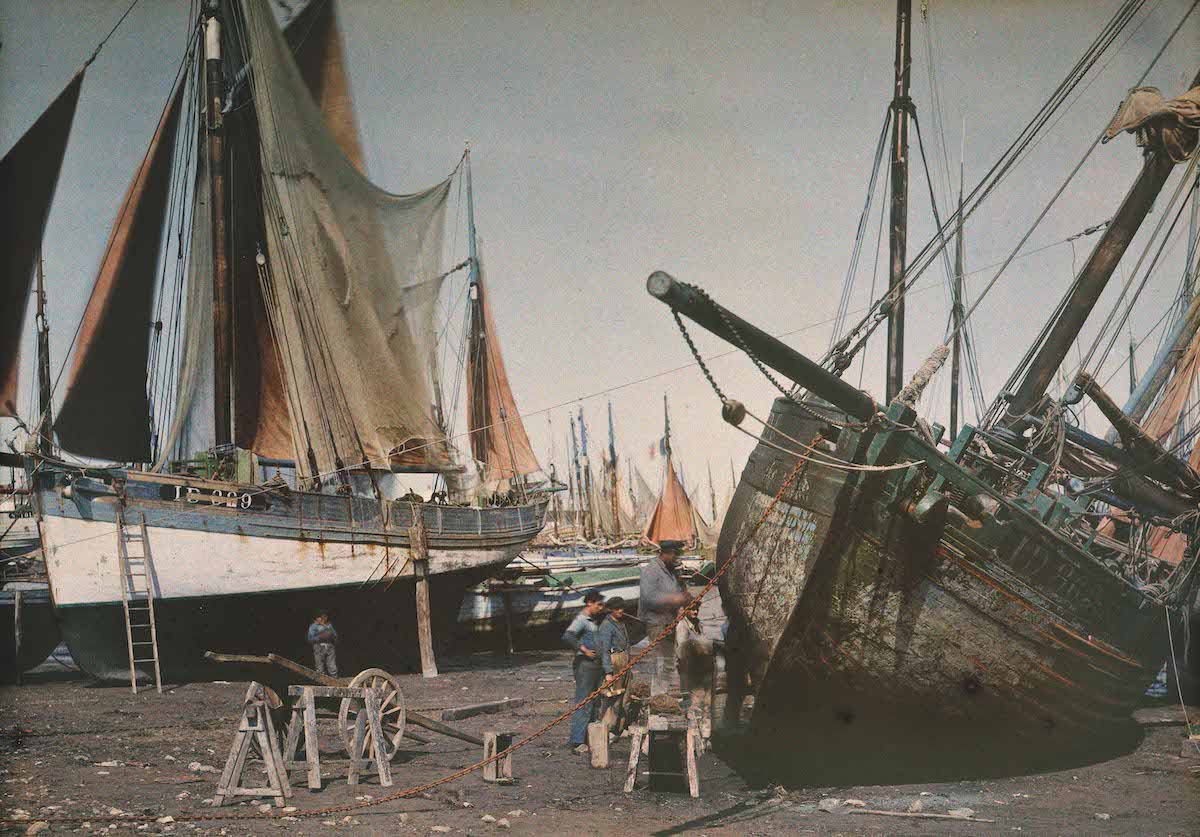

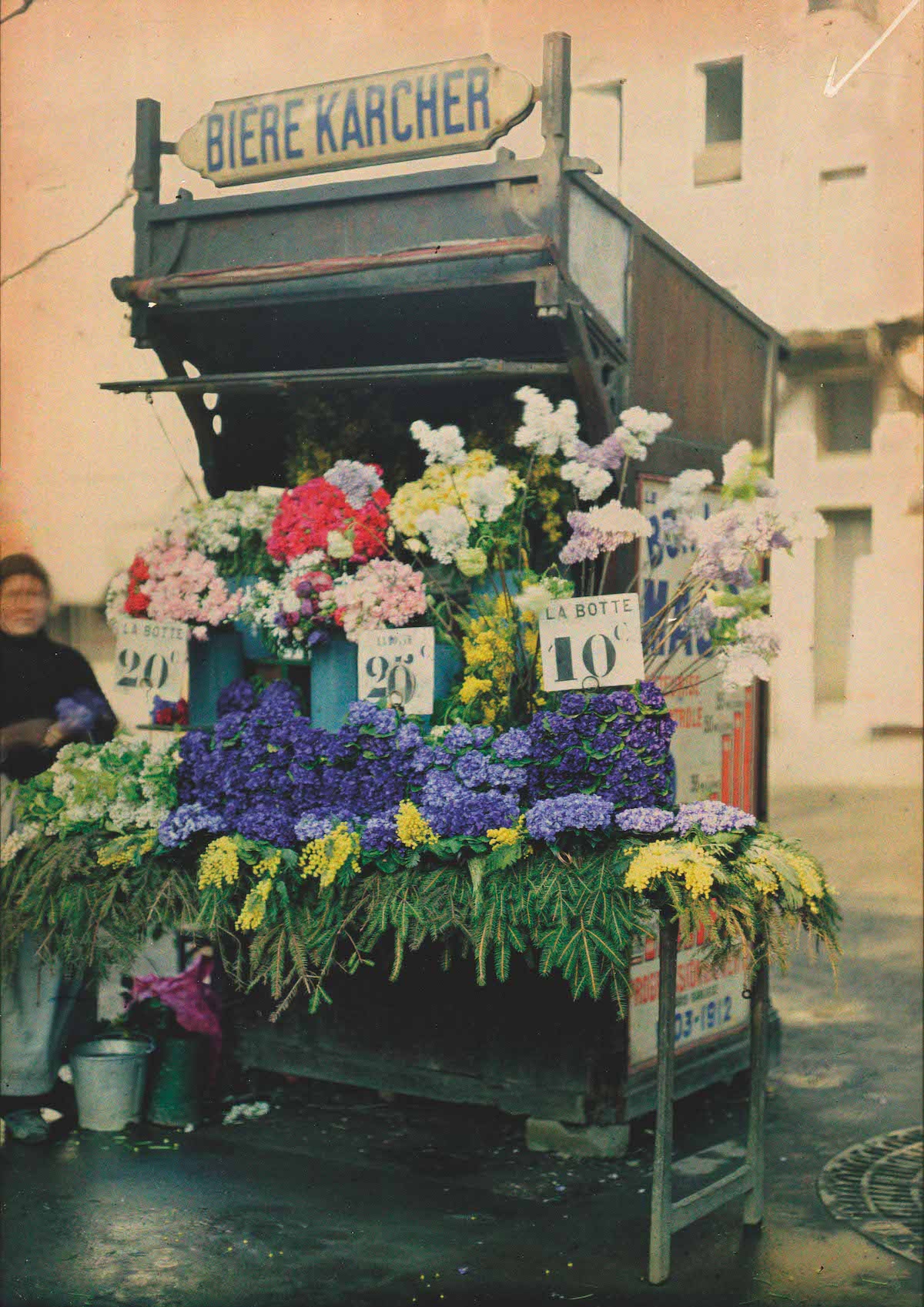
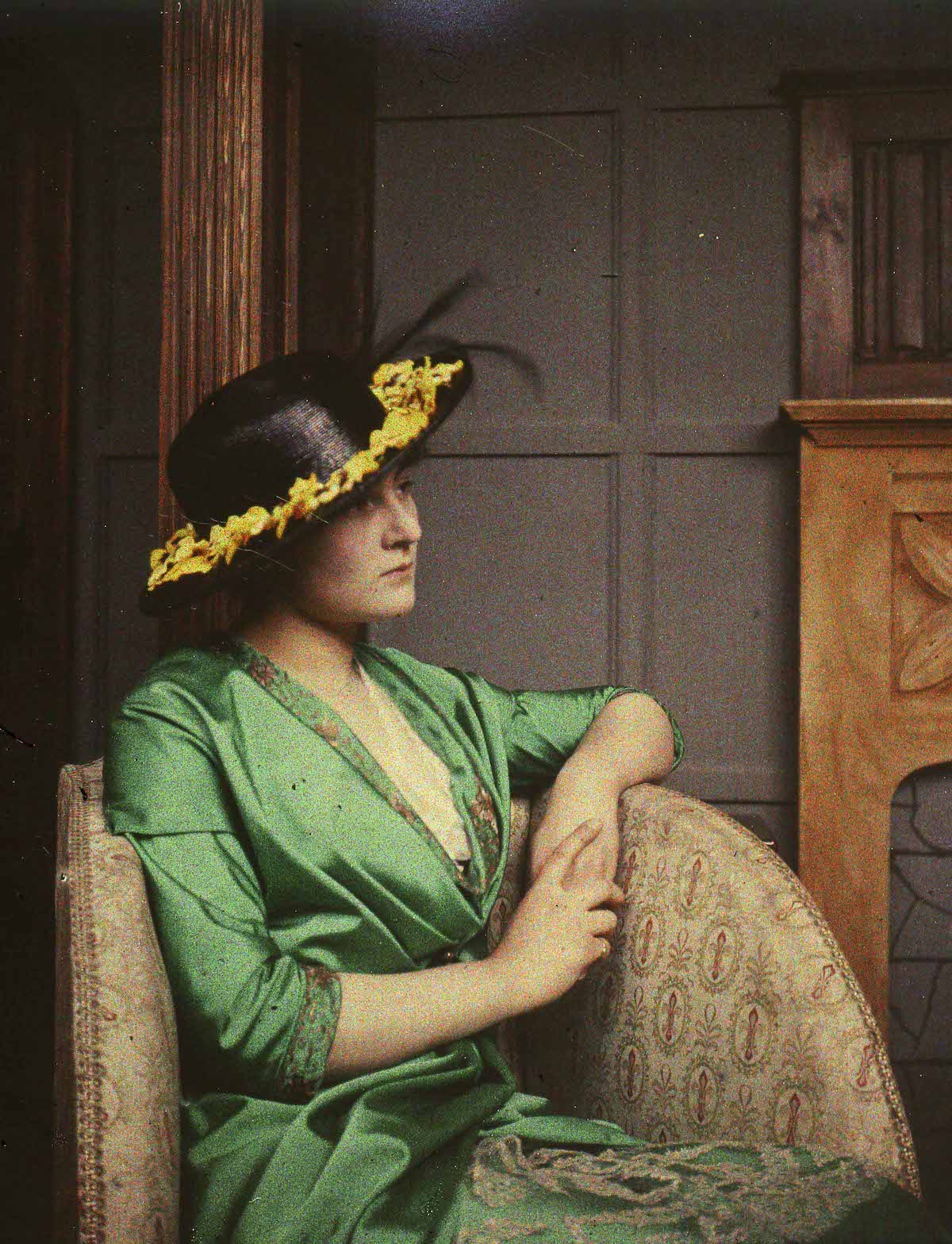
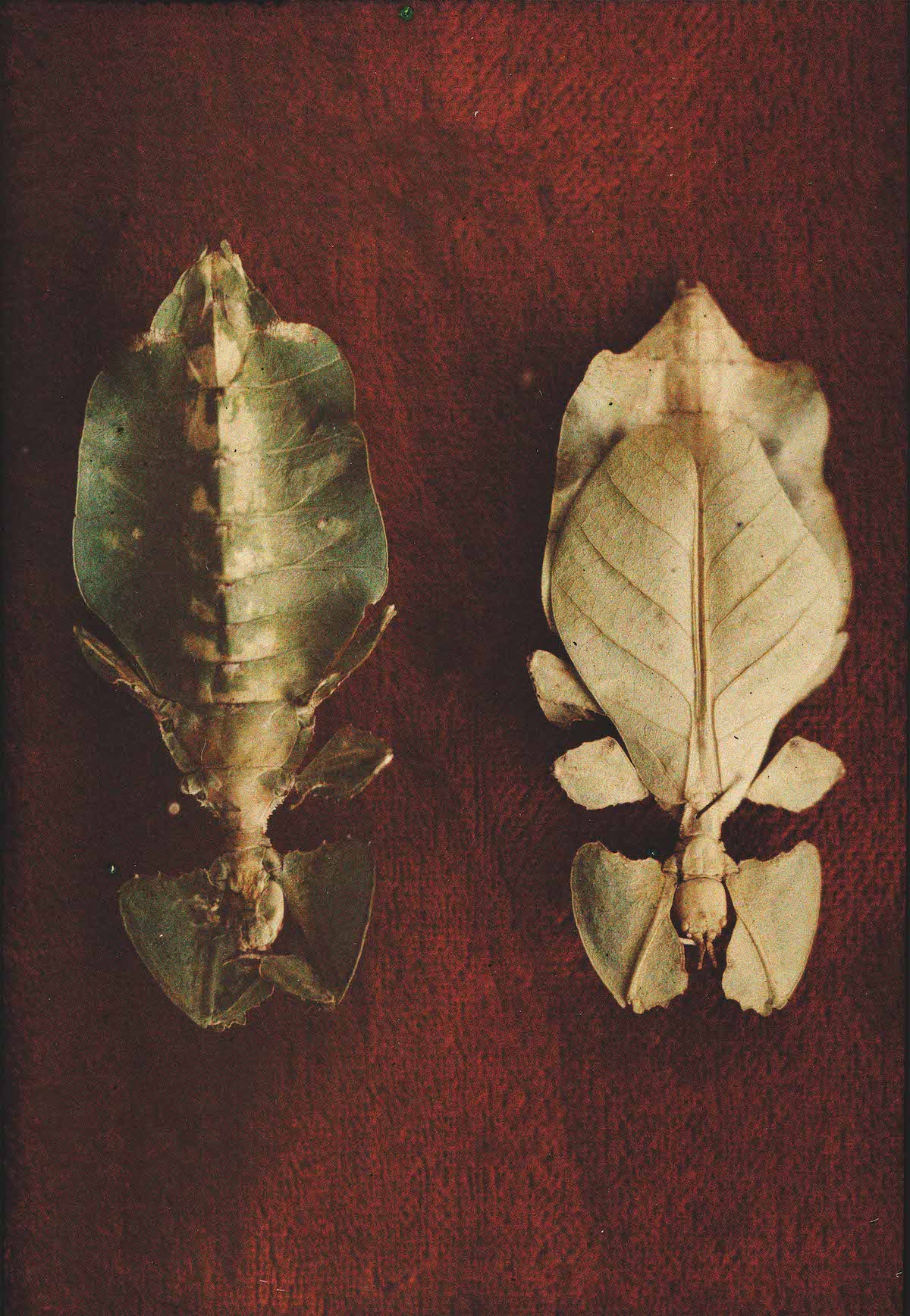
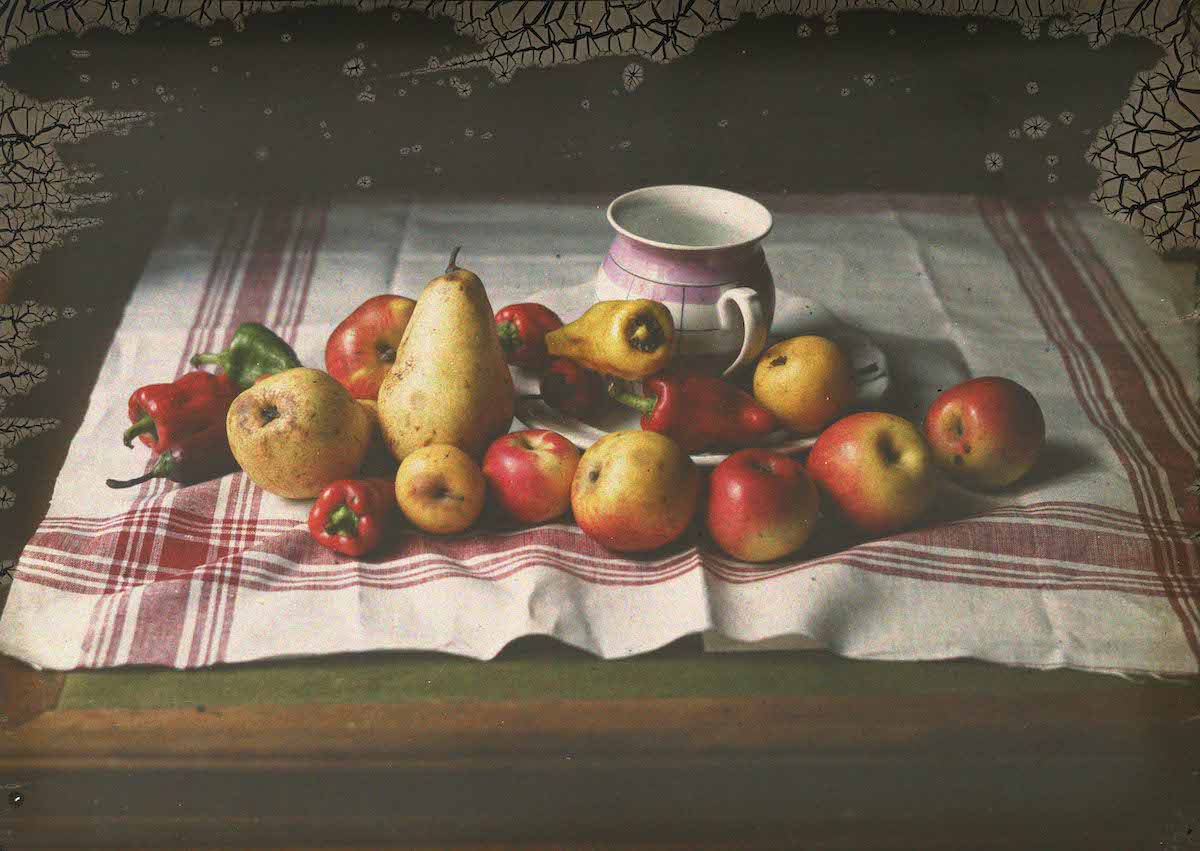
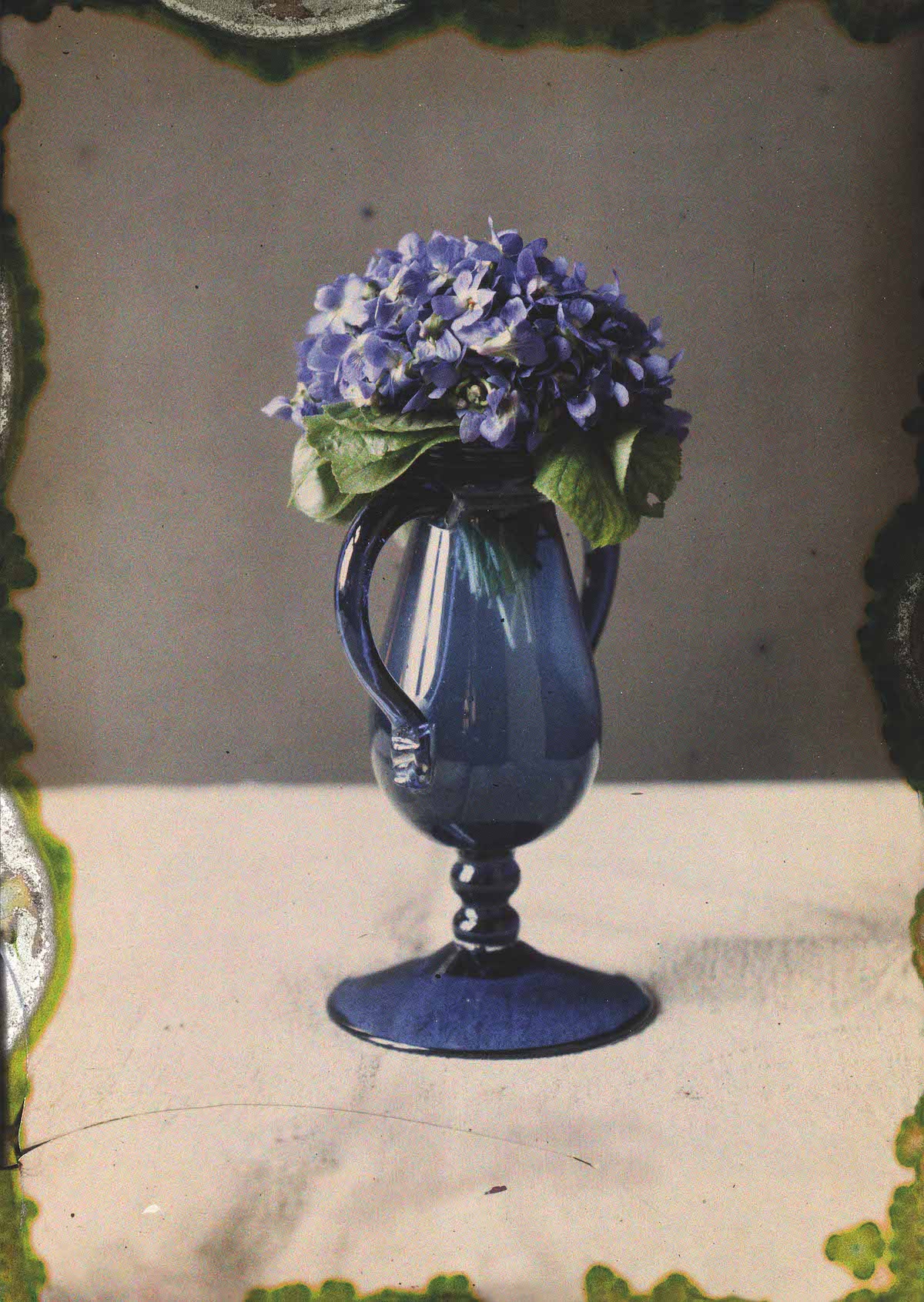
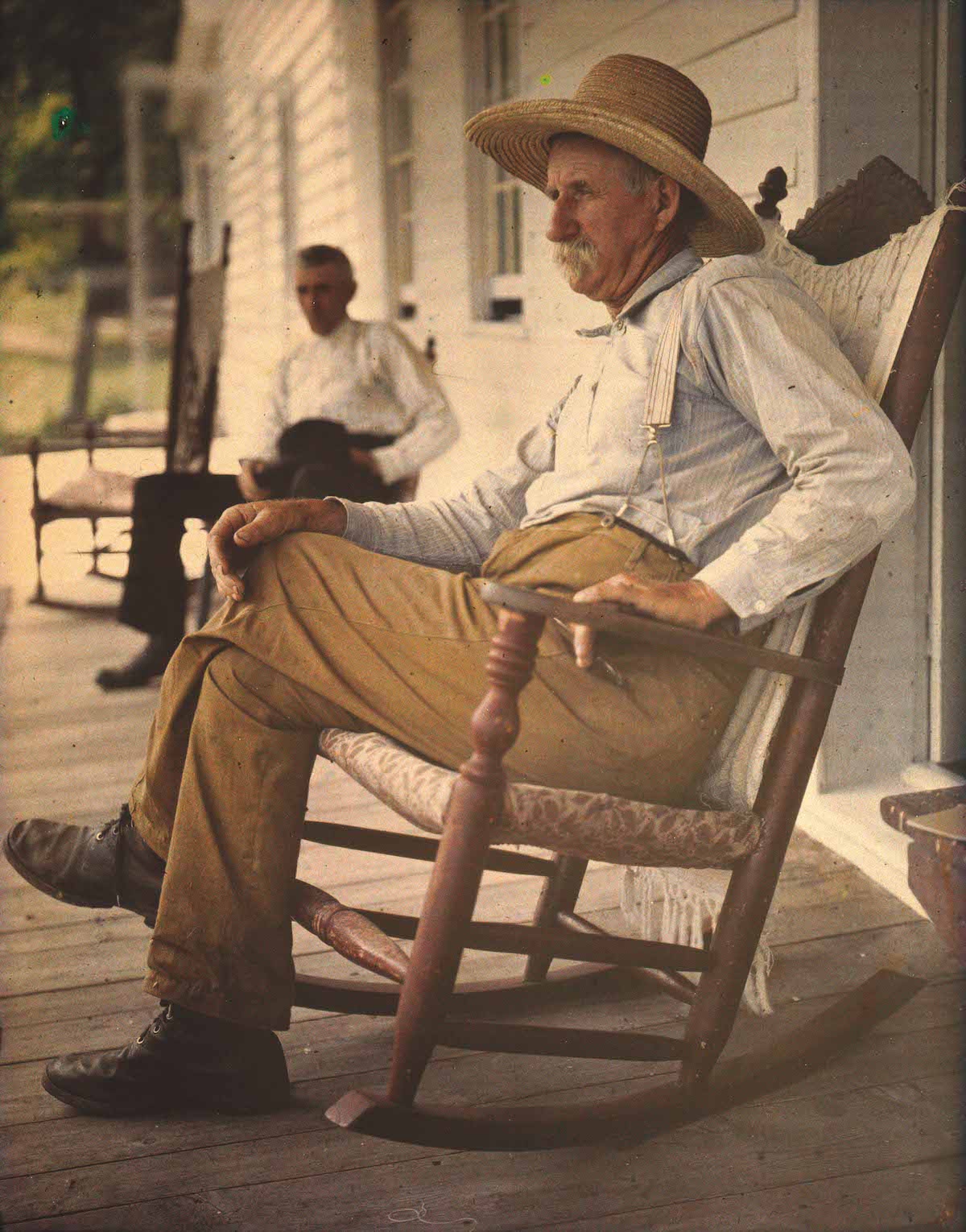
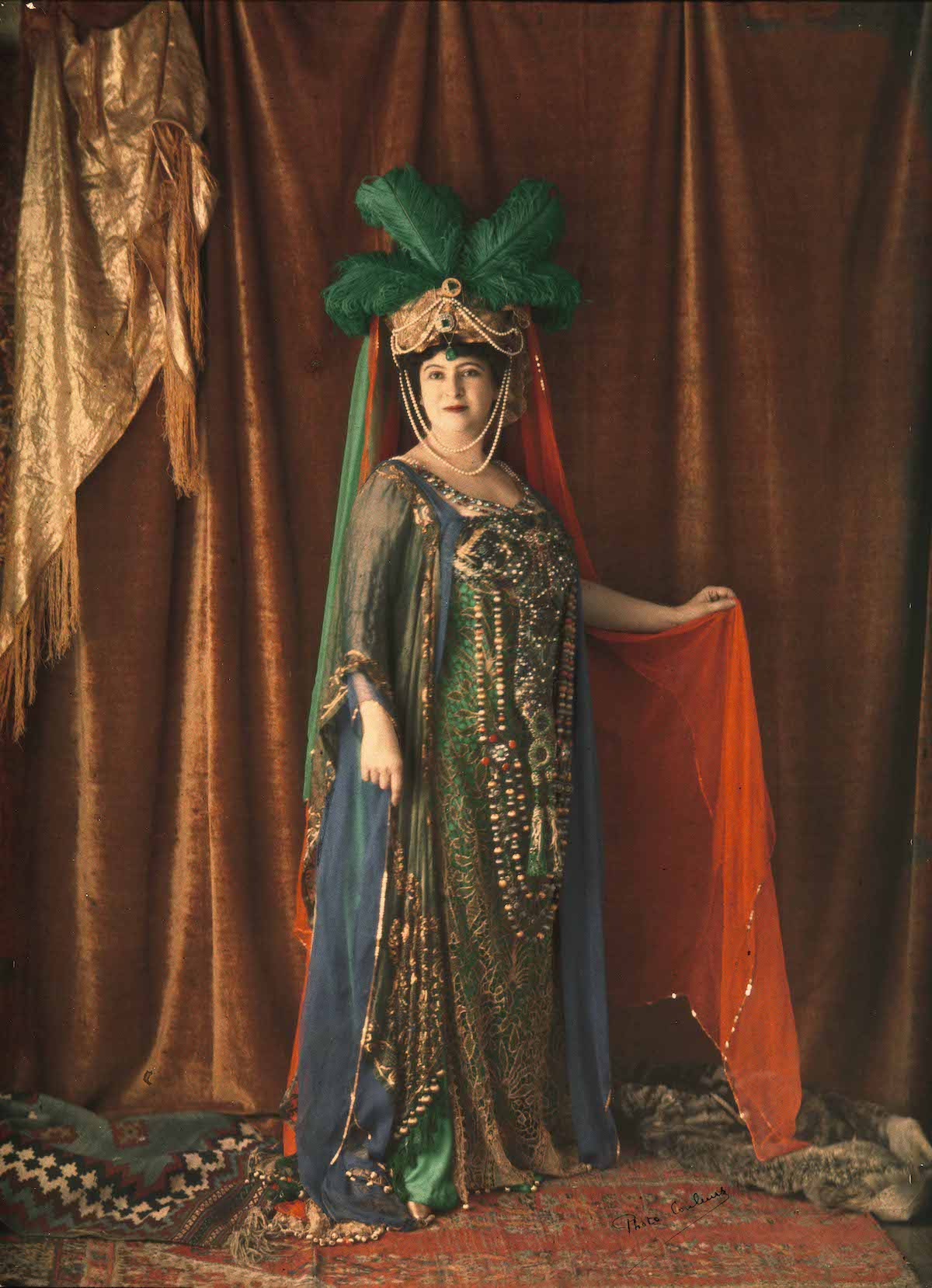
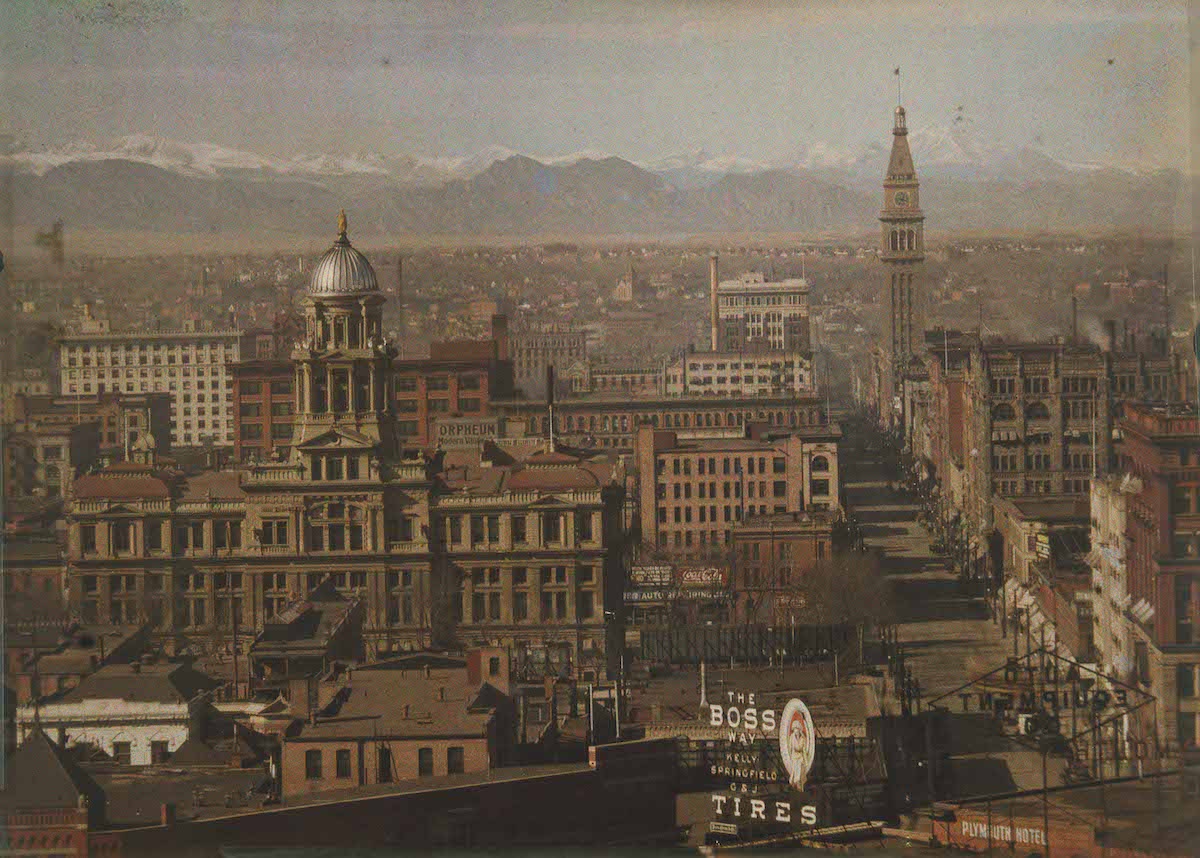
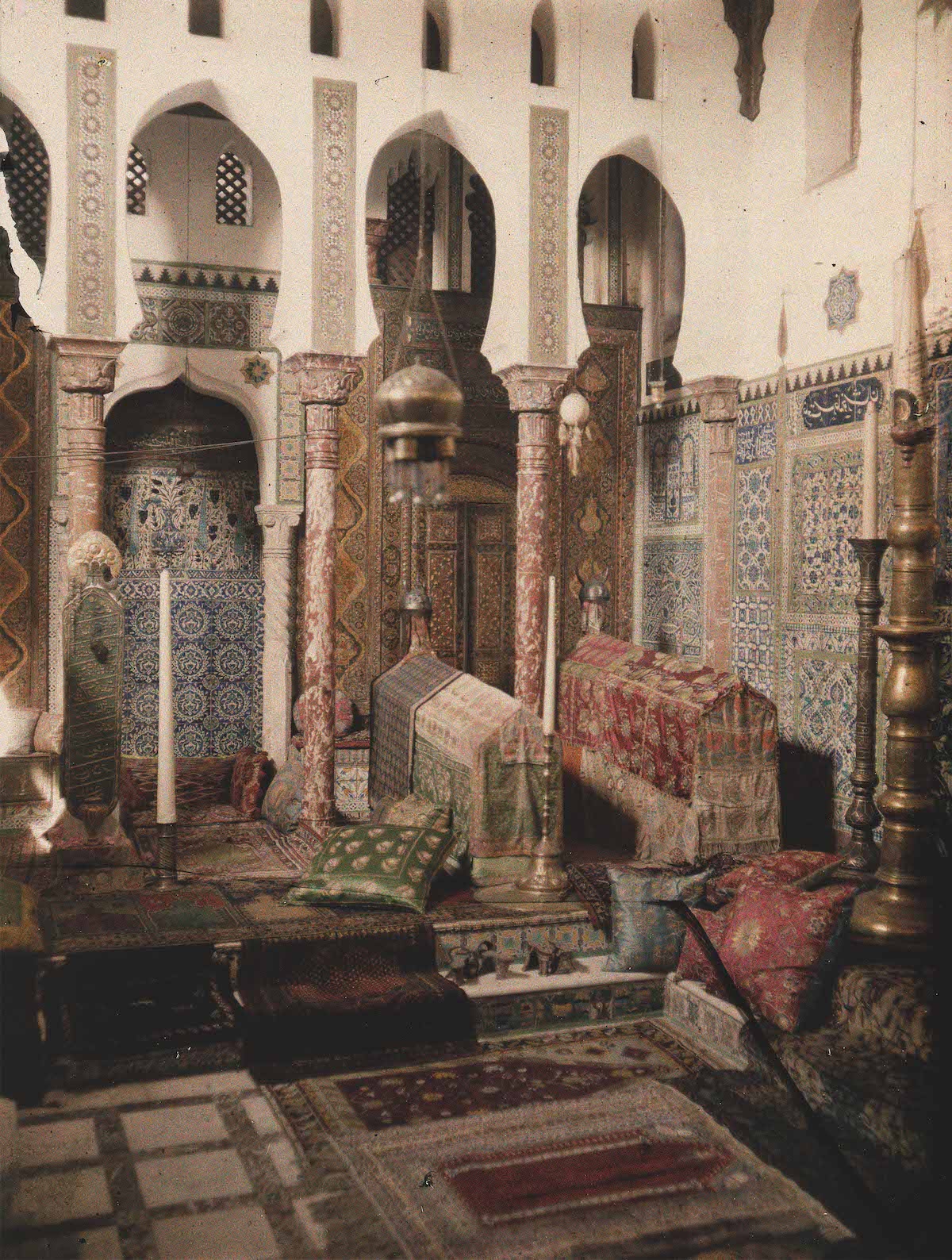

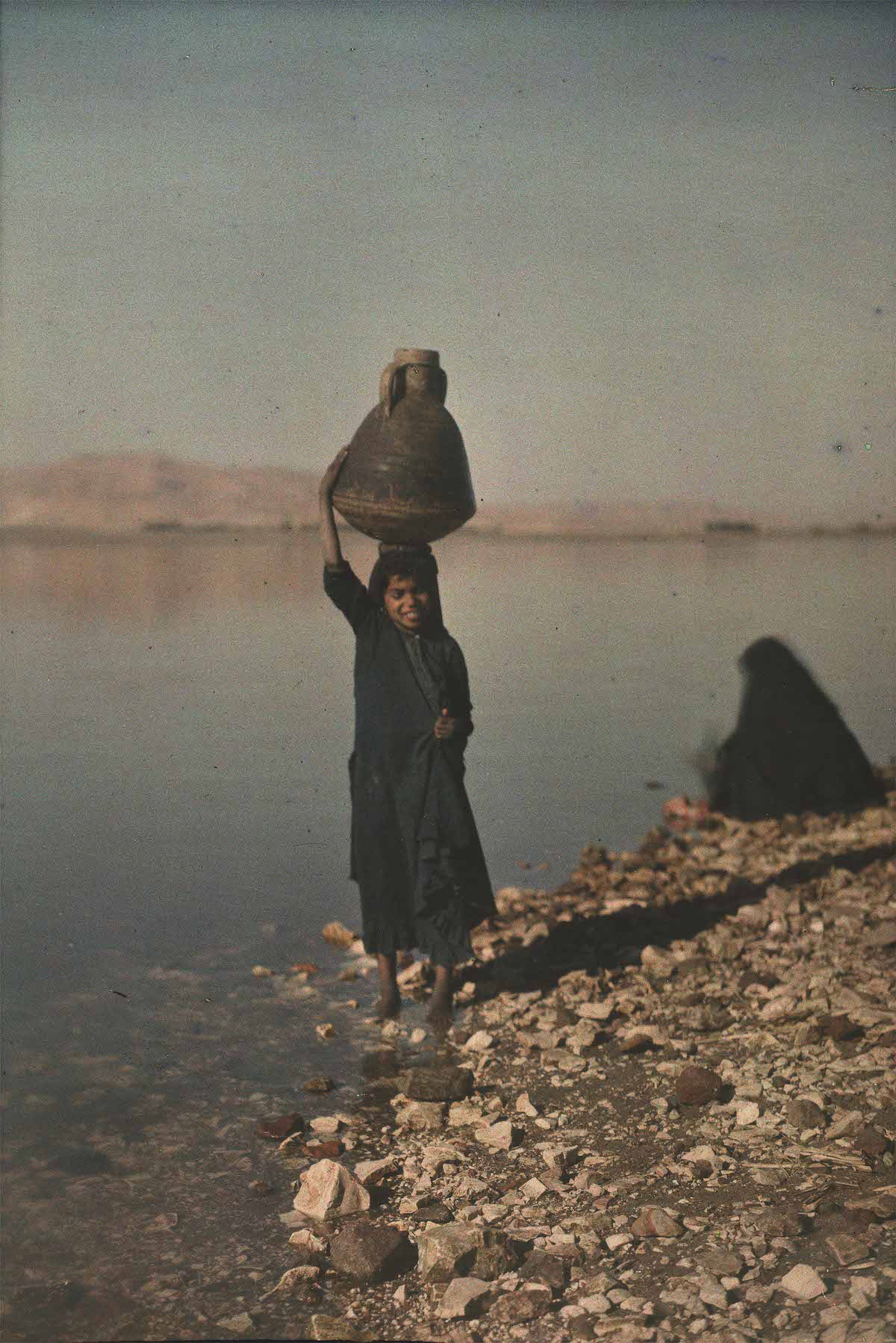
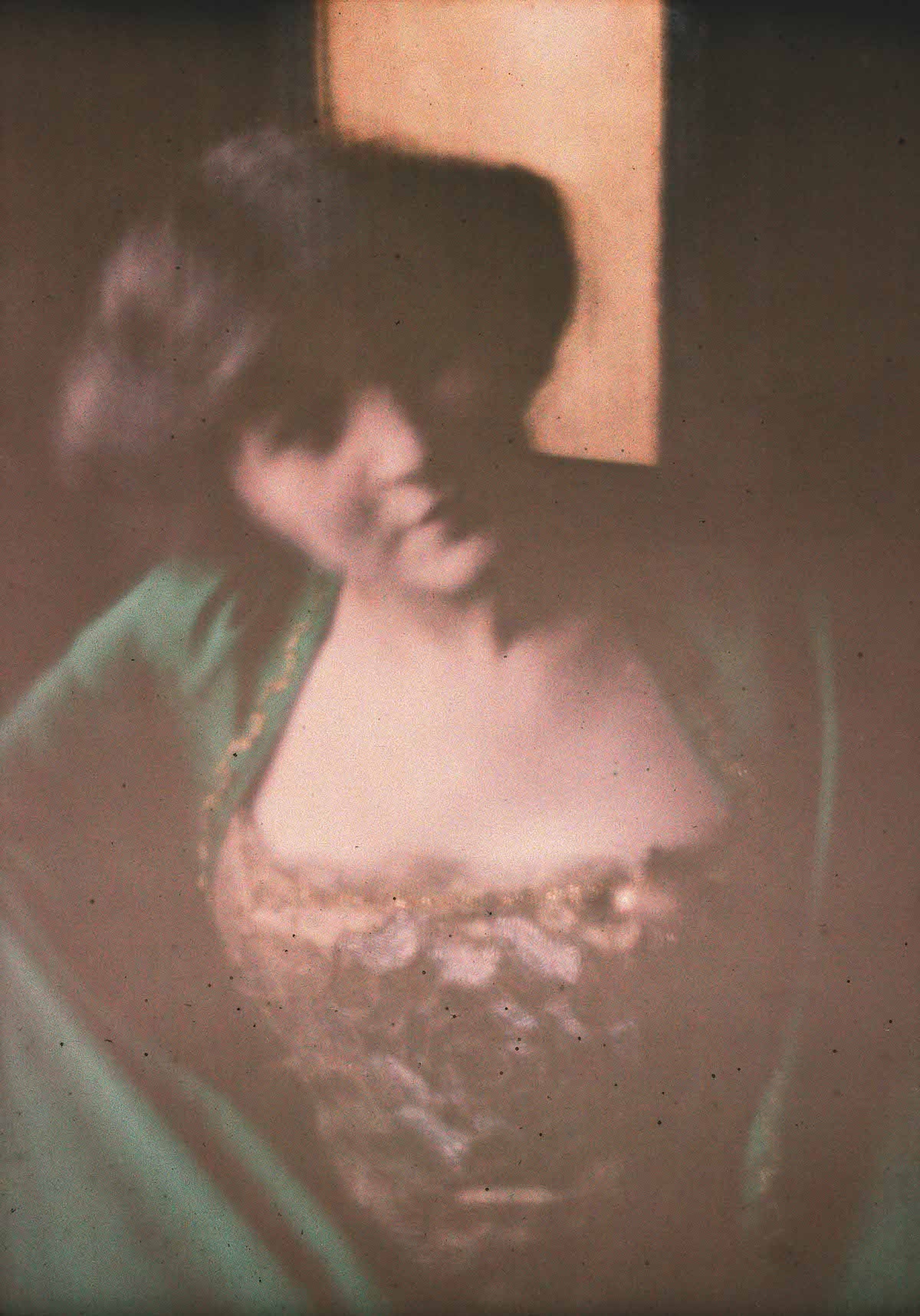
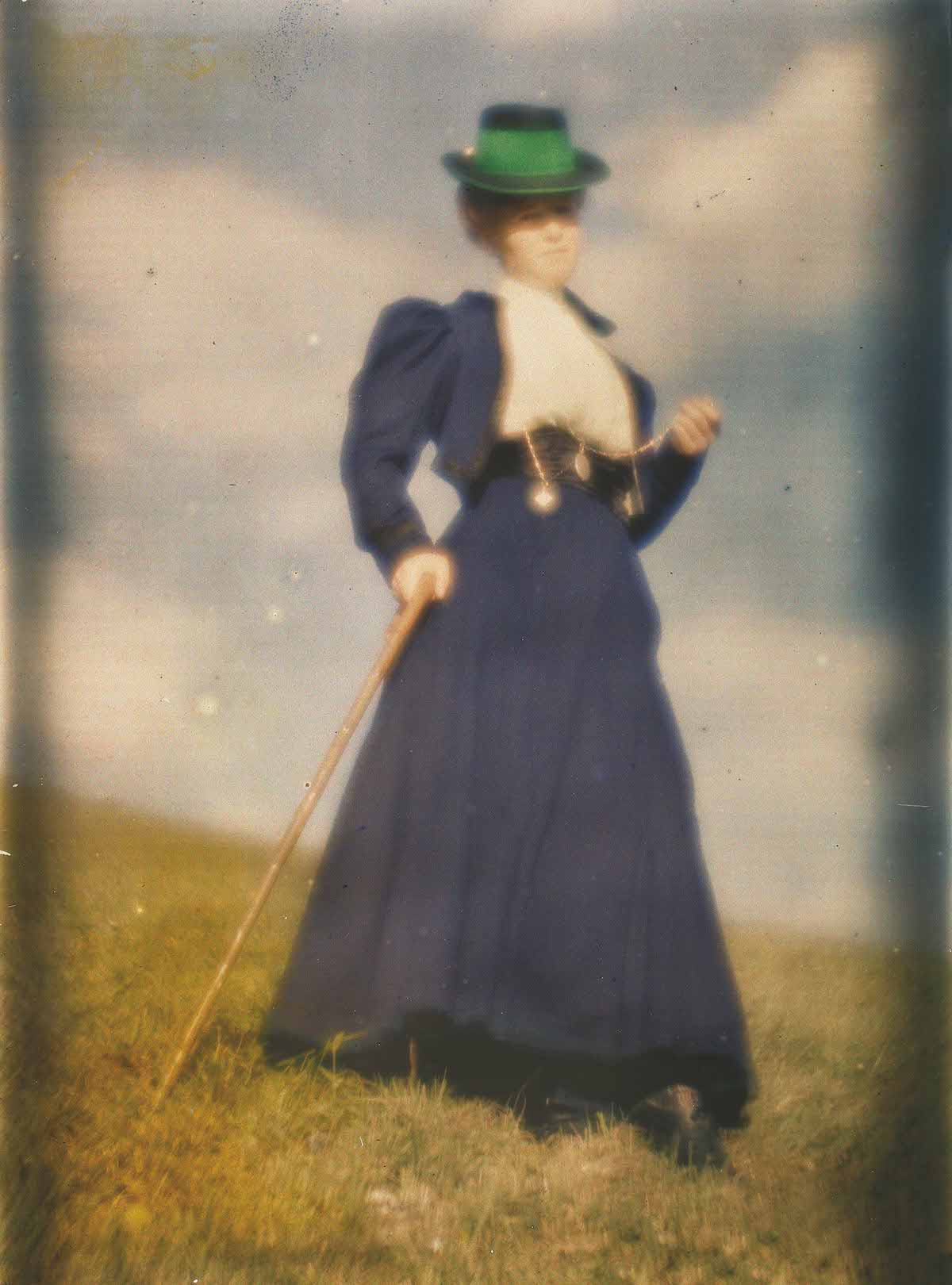
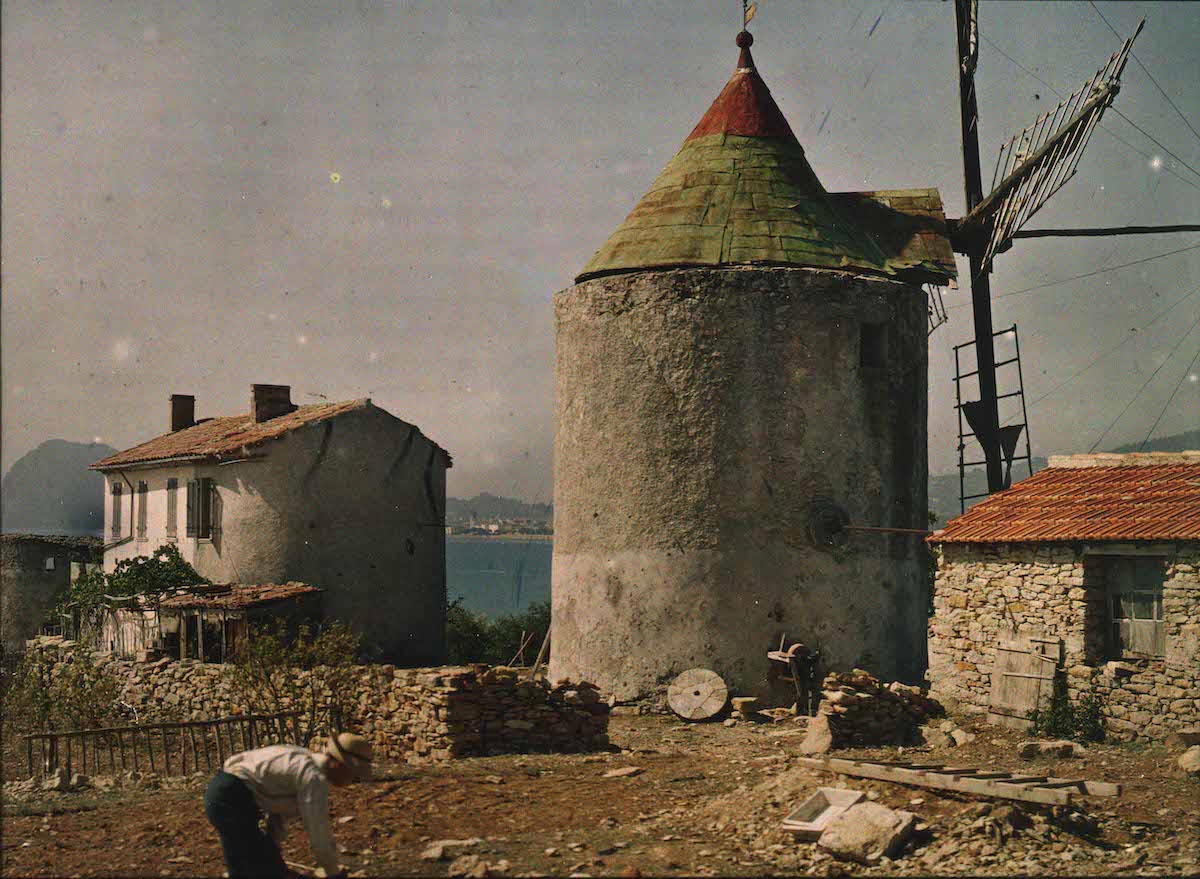
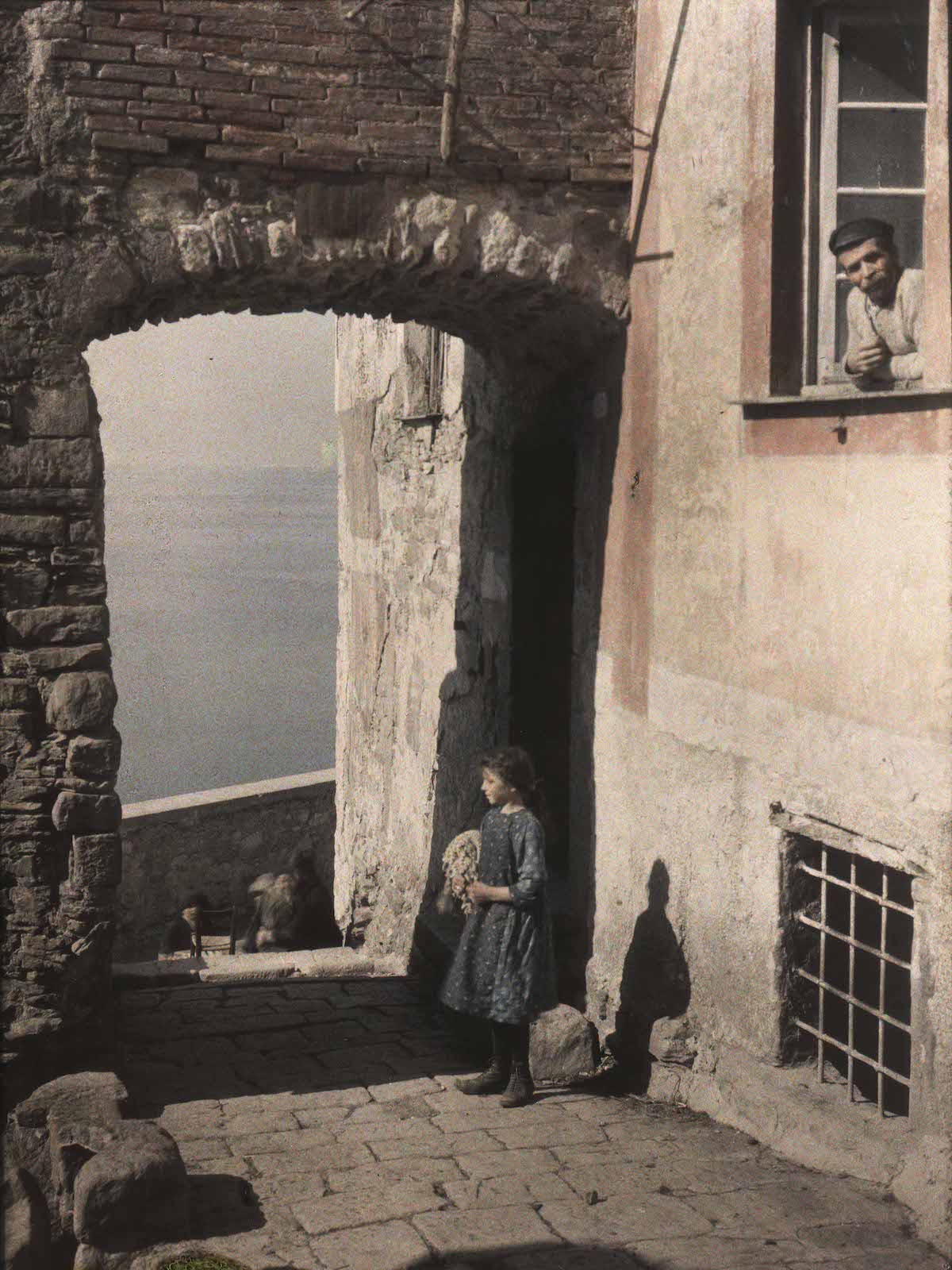

22_AUT_COMM_Anonyme_Portrait de Jean Paris_laboratoire_vers 1907_© Collection AN
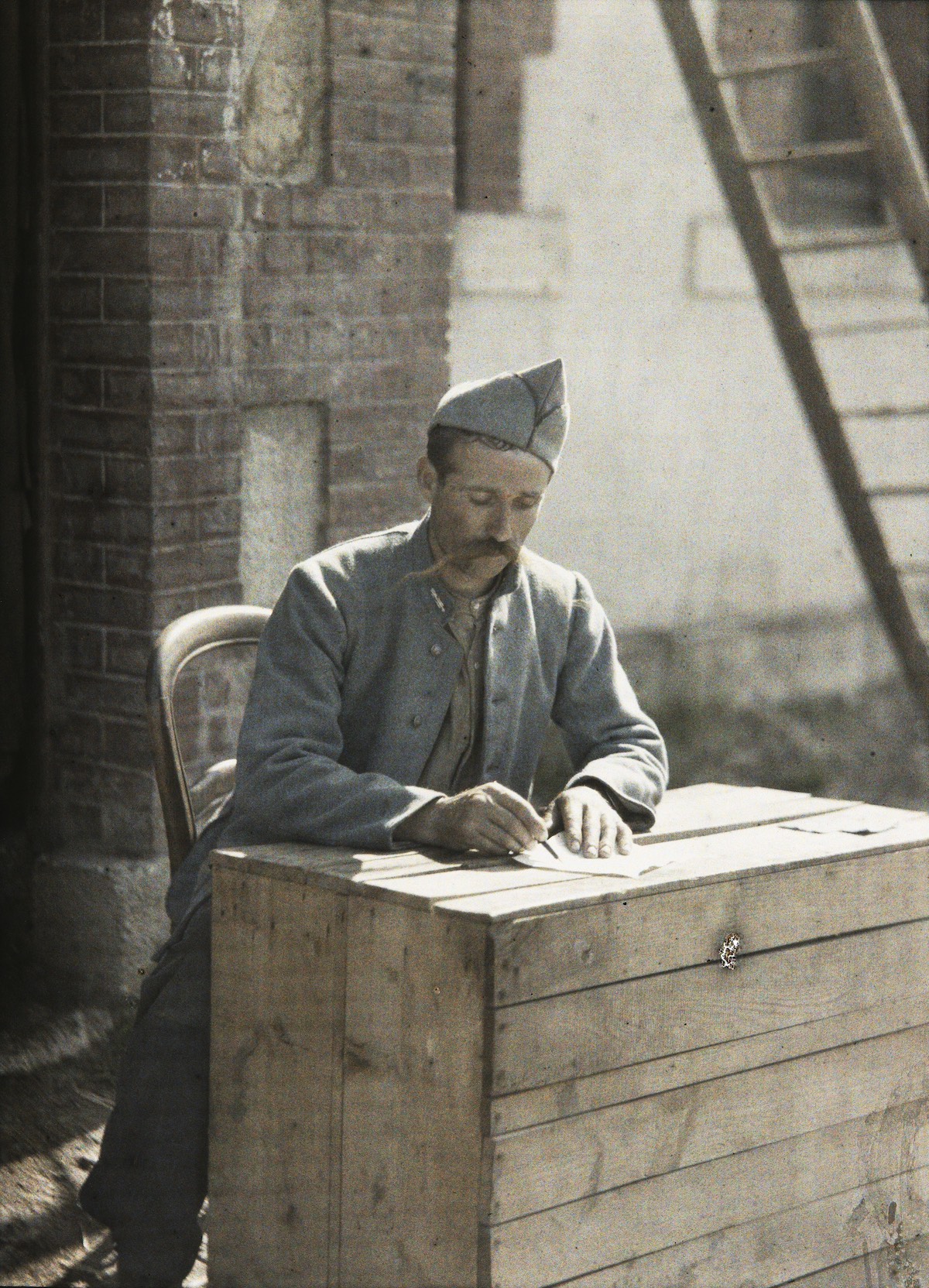
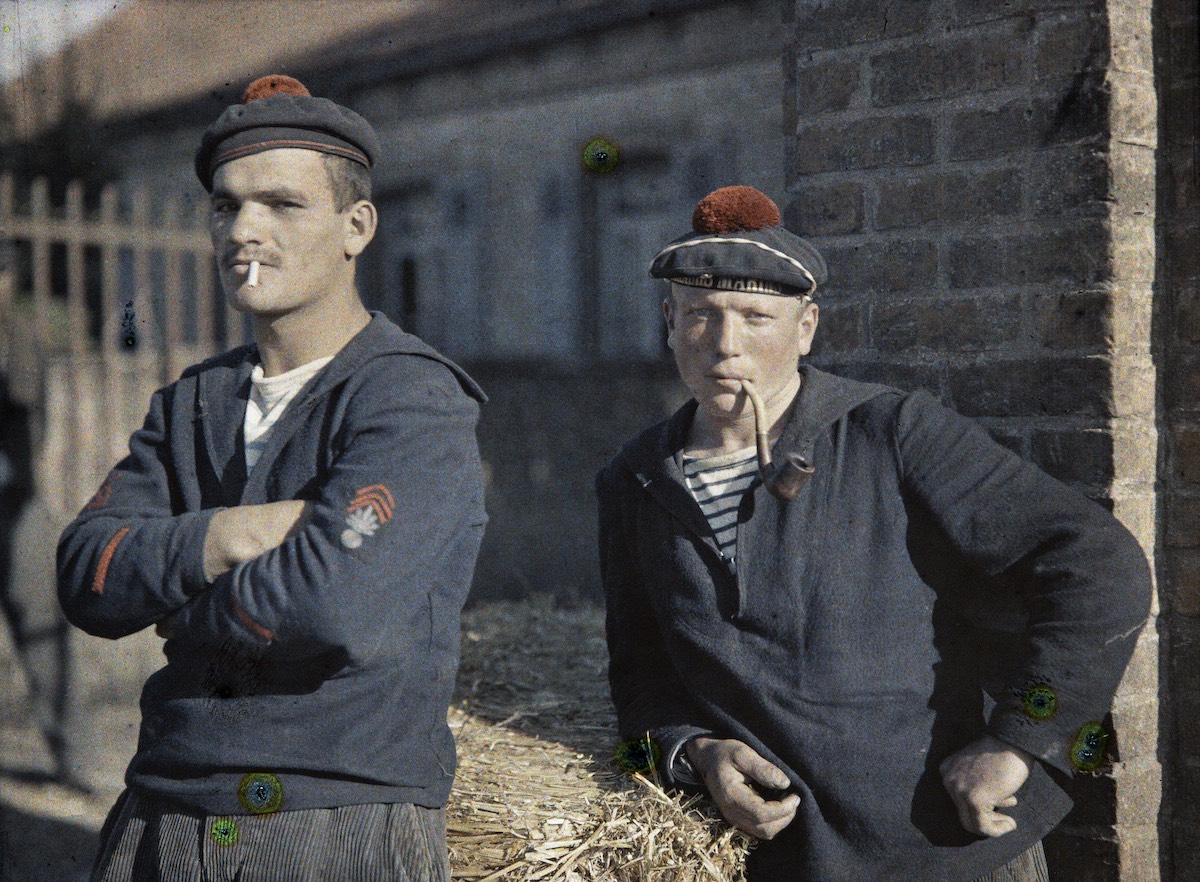
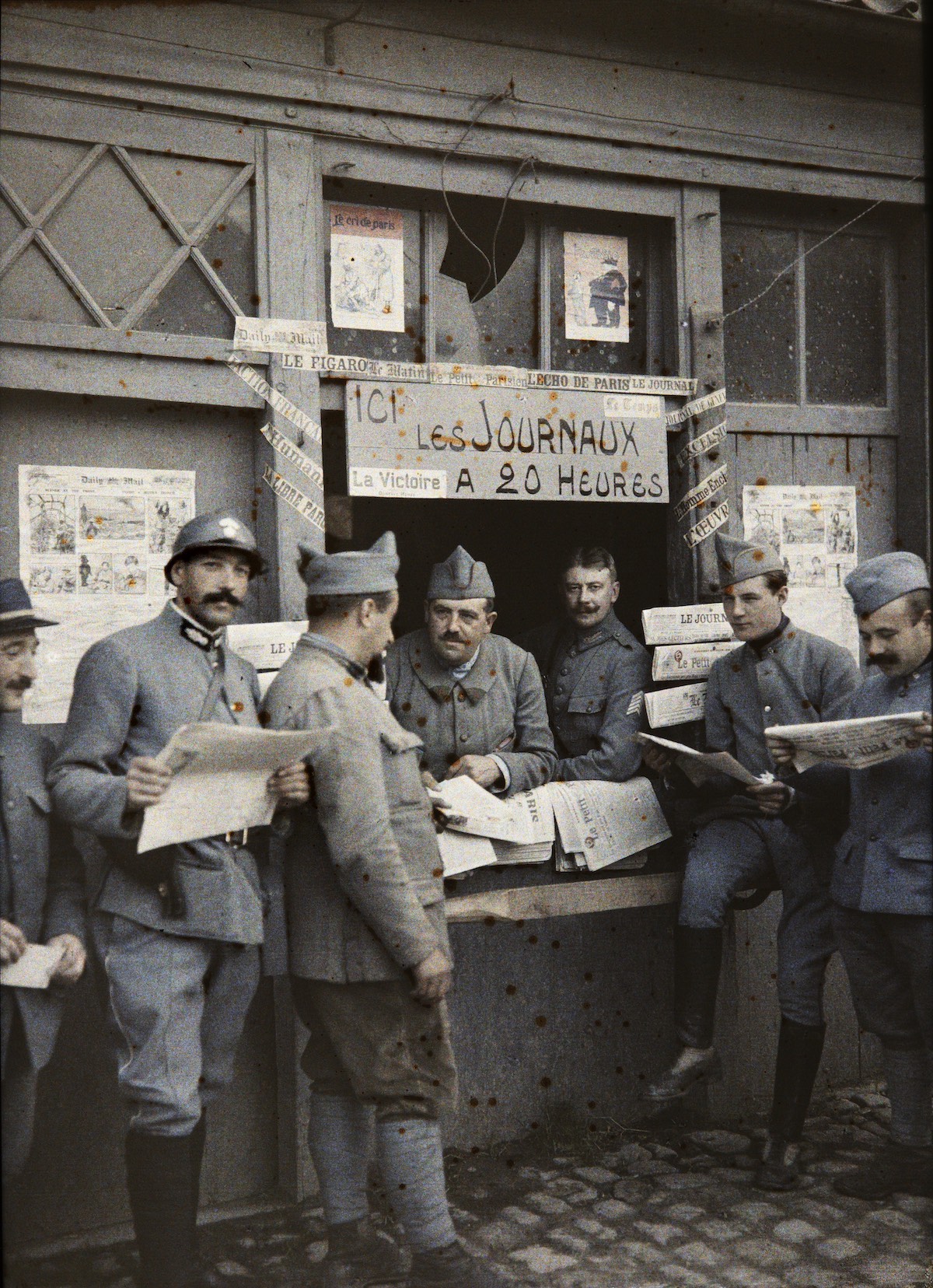
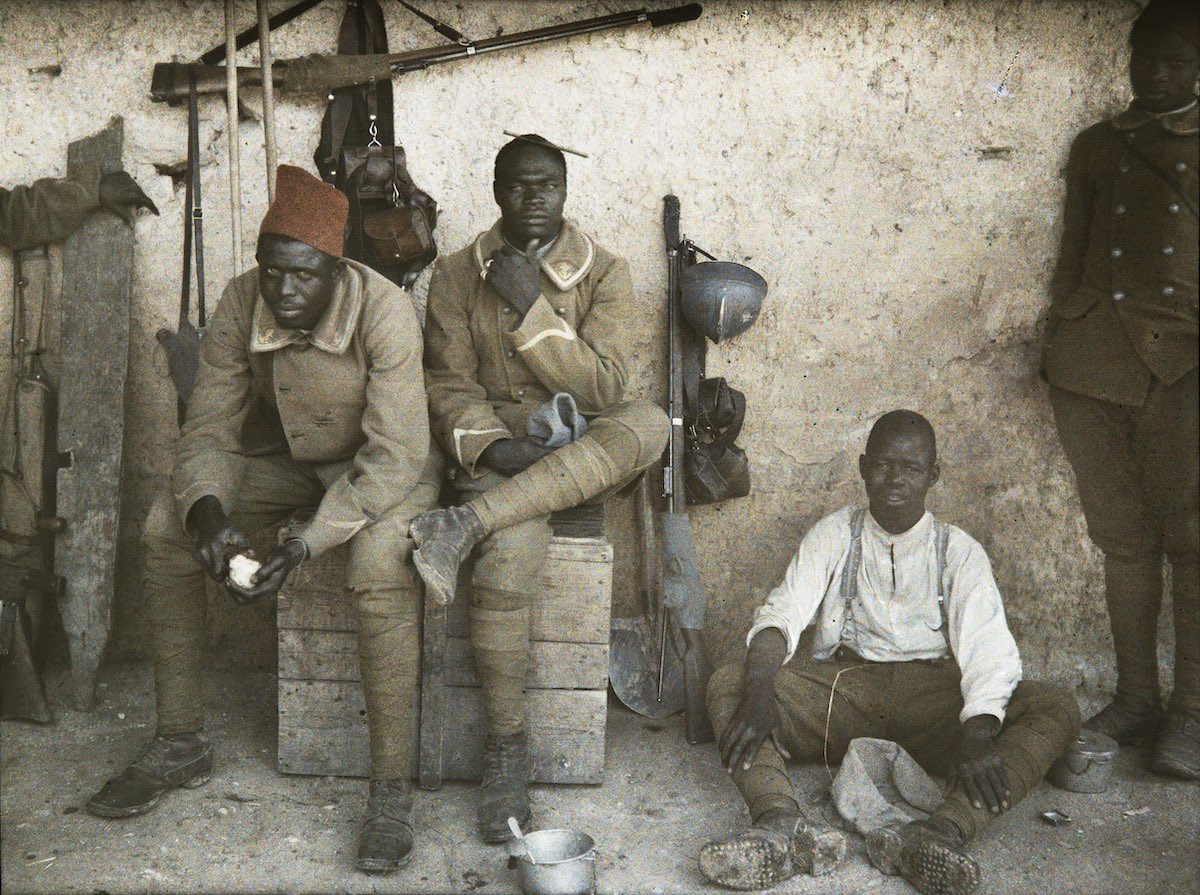
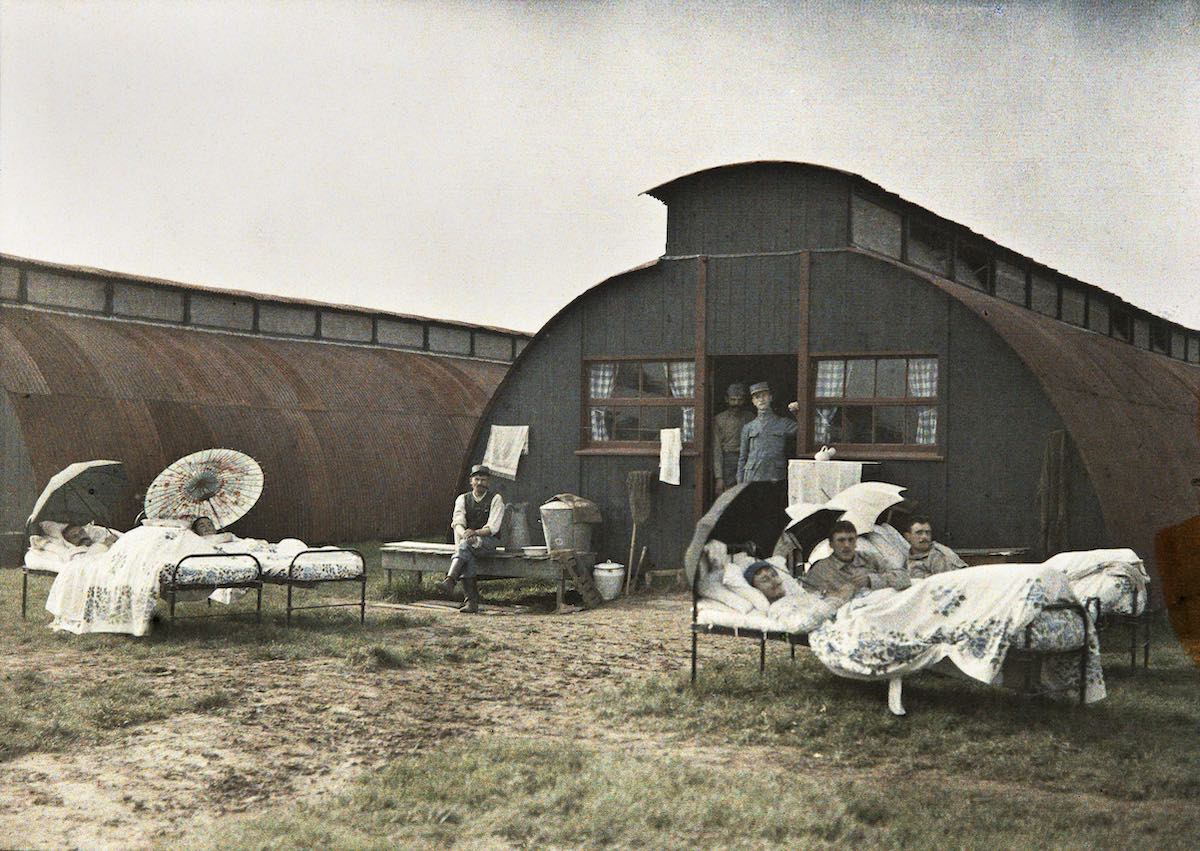
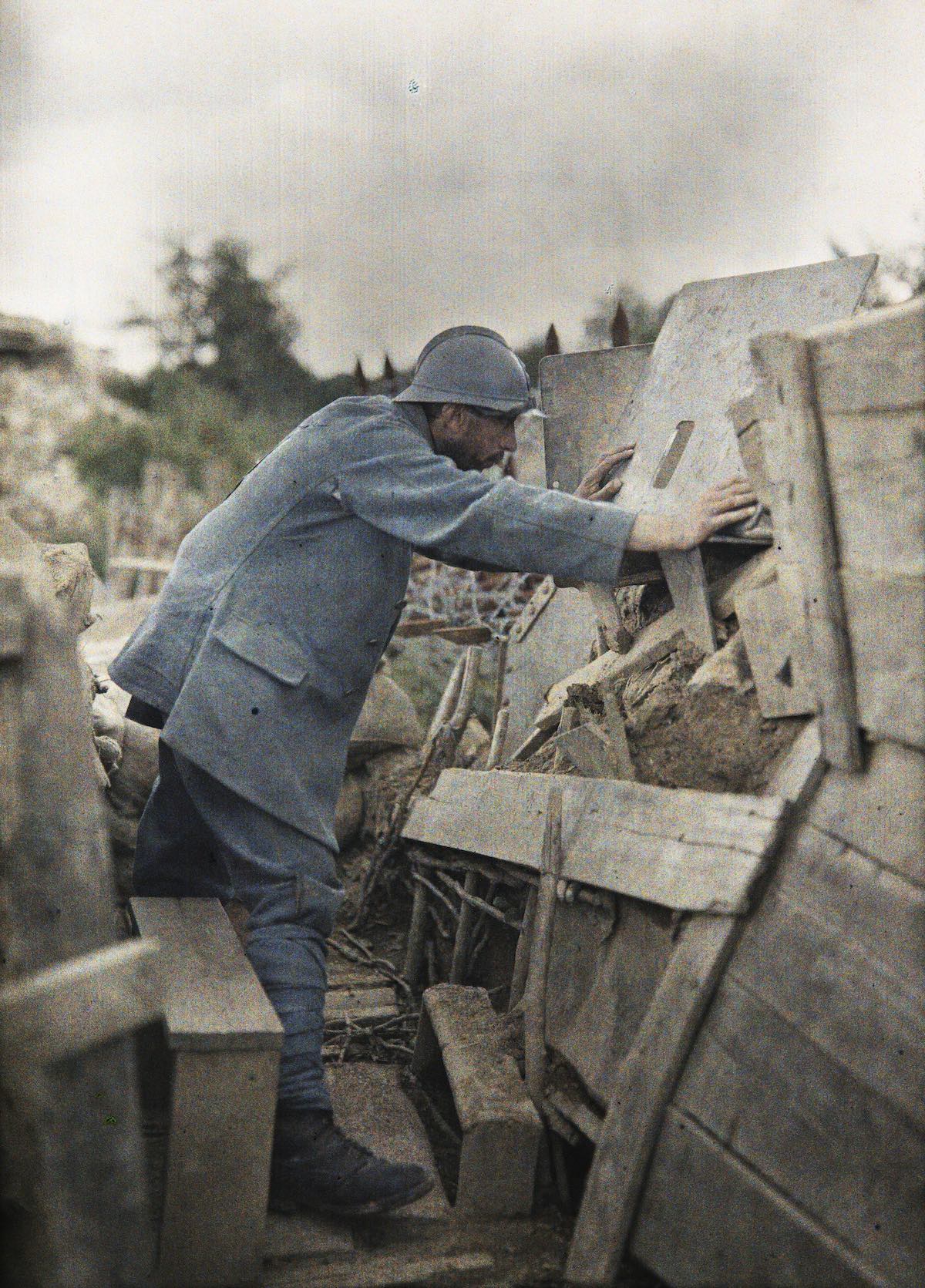
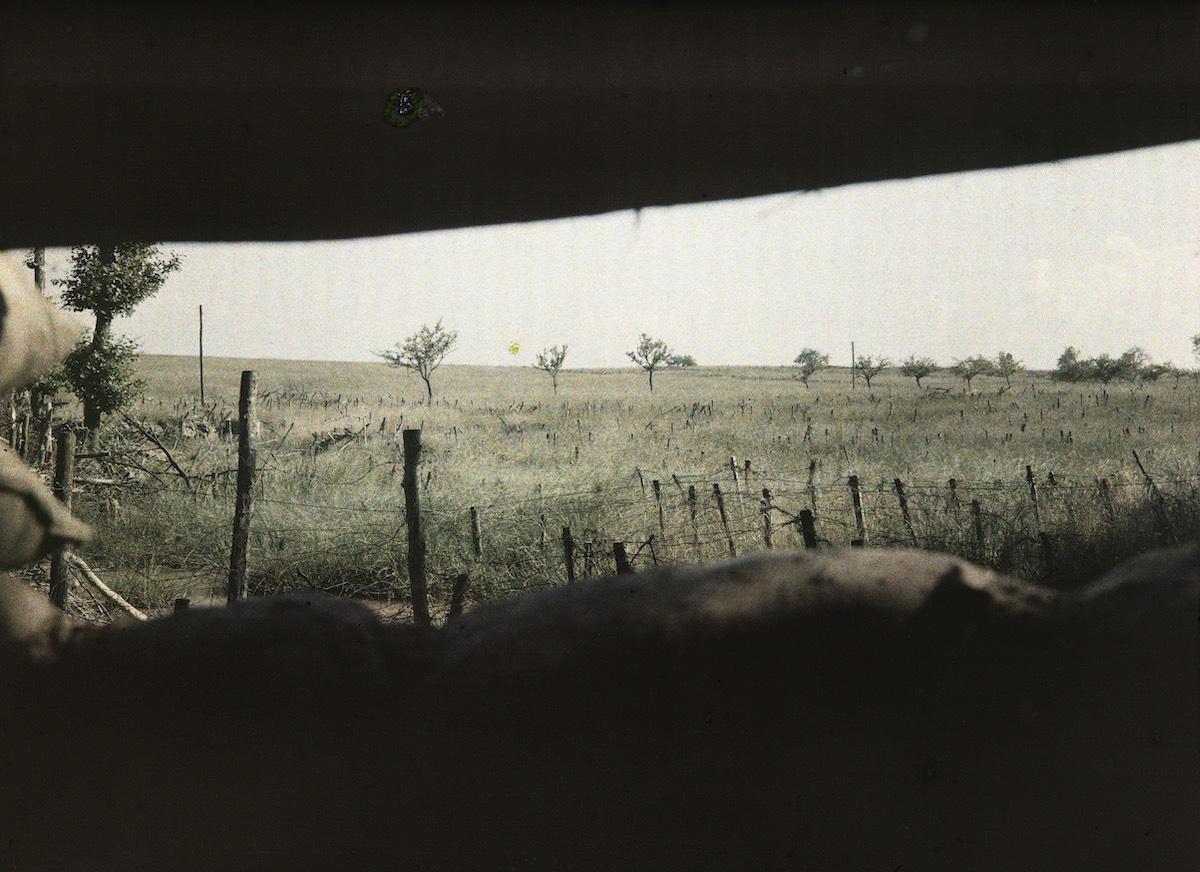
Would you like to support Flashbak?
Please consider making a donation to our site. We don't want to rely on ads to bring you the best of visual culture. You can also support us by signing up to our Mailing List. And you can also follow us on Facebook, Instagram and Twitter. For great art and culture delivered to your door, visit our shop.



